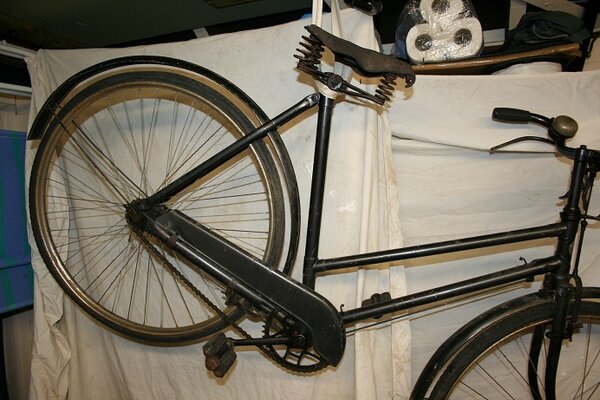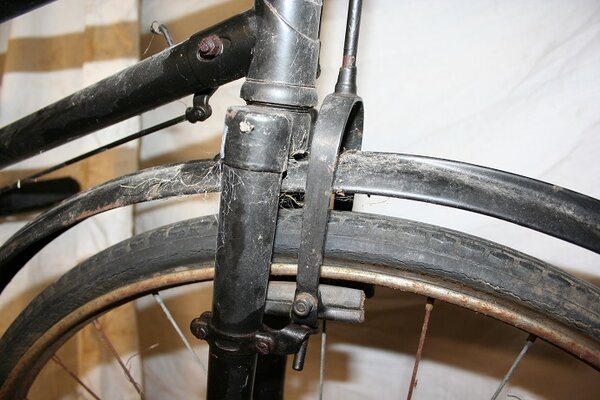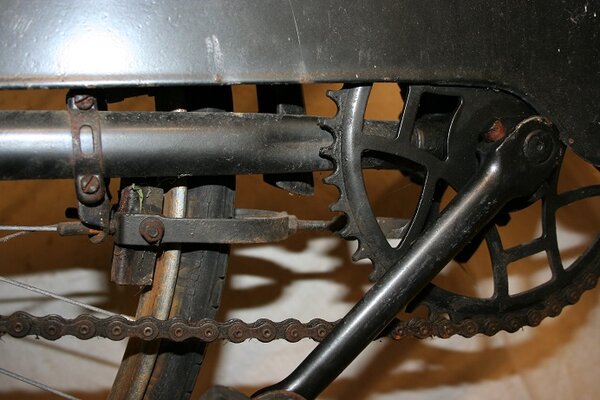peetee
Senior Retro Guru
I would love it if someone can get some info on this bike.
It's a Hercules ladies frame, single speed, rod brakes and curiously, no chrome fittings whatsoever. I think it's been comprehensively painted over but underneath that the bars, stem, brakes, crankset and pedals have no chrome plating at all.
A new set of tyres are on and it rides lke a dream. the simplicity of the thing is truly appealing and it feels very efficient - even the brakes are a revelation!
A search on t'internet only produces conflicting specs and no reference to 'austerity' spec finish. I could see the sense in war issue bikes being sprayed black all over but again, I can't find reference to that either.
It was bought locally in Southampton and just down the road there was a huge war hospital in Netley. I lived in digs in Cornwall many years ago and, coincidentally, my landlady had worked as a nurse in Netley and told me that she and others used to ride up and down the corridors on bikes to save time!
It would be really great to find this bike is from there and then.
Anyway, enough of the sentimental tosh, here's some photos
It's a Hercules ladies frame, single speed, rod brakes and curiously, no chrome fittings whatsoever. I think it's been comprehensively painted over but underneath that the bars, stem, brakes, crankset and pedals have no chrome plating at all.
A new set of tyres are on and it rides lke a dream. the simplicity of the thing is truly appealing and it feels very efficient - even the brakes are a revelation!
A search on t'internet only produces conflicting specs and no reference to 'austerity' spec finish. I could see the sense in war issue bikes being sprayed black all over but again, I can't find reference to that either.
It was bought locally in Southampton and just down the road there was a huge war hospital in Netley. I lived in digs in Cornwall many years ago and, coincidentally, my landlady had worked as a nurse in Netley and told me that she and others used to ride up and down the corridors on bikes to save time!
It would be really great to find this bike is from there and then.
Anyway, enough of the sentimental tosh, here's some photos


